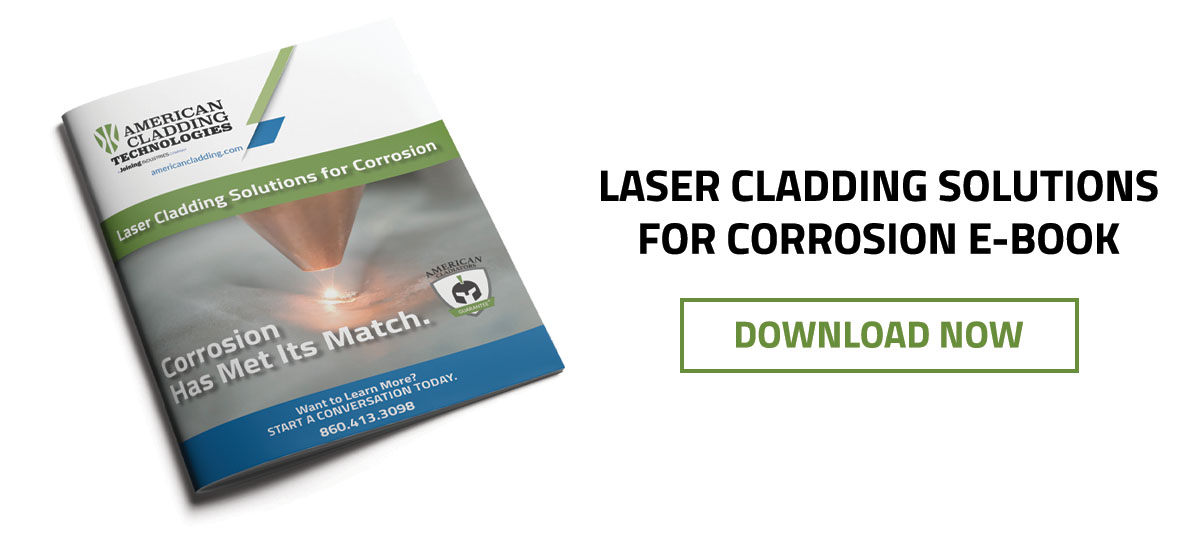We hear this one quite often: “I’m interested in laser cladding, but it’s too expensive compared to other processes.” Not true – laser cladding can be very cost competitive. Let me explain why.
First, to compare apples to apples, I’ll discuss laser cladding in comparison to Plasma Transferred Arc (PTA), TIG, or GTAW welding. Let’s use the example of a typical valve that is common in the power generation industry. It will probably be coated with Cobalt 6, also known as Stellite 6 by its common trade name. Cobalt 6 is one of the most prominent alloys used on valve seating surfaces to protect against galling and wear. If the valve is coated using traditional methods like PTA, the coating is applied very thick to overcome problems caused by dilution.
The advantages of laser cladding became obvious during a recent quote for a large valve company. The valve manufacturer came to us with a print asking us to apply a coating of Cobalt 6 to a thickness of 0.160” on a set of ball valves. We pointed out that the coating did not need to be this thick and was actually counter-productive.
We then showed the customer cross sections of the valve laser cladding process and explained that we could achieve full material properties in as little as 0.015” to 0.030”. They agreed to redesign the ball since it would need to be slightly larger without the thick coating.
The advantages of laser cladding for this application include:
Lower powder costs: In this example, the thicker coating required 64 pounds of powder, compared to our laser clad coating which required only 25 pounds. Since powder can sometimes account for 40 to 50 percent of the cost of a job, this can result in significant cost savings, especially with expensive Cobalt or Nickel alloys.
Improved metallurgy: The metallurgy is generally better with laser cladding, since the heat source can be controlled more precisely. In the laser process, the weld pool solidifies quicker so the material hardness is generally higher. It is not uncommon for the laser cladding process to achieve a hardness of 50 to 54 Rockwell C when depositing Cobalt 6.
Less stress: Less stress is induced into the component due to lower heat input.
Shorter process time: In many cases, our process time is actually shorter than using PTA.
What are the disadvantages?
Capital equipment costs can be one disadvantage. Yes, laser cladding equipment can be expensive. However, laser cladding can allow you to use less filler material. Also, in many cases we can deposit filler material at a higher feed rate and still get superior results. These advantages can generally offset the higher cost of equipment.
Another disadvantage can arise when component prints are not revised to take advantage of the technology. We still receive numerous prints with RFQ’s that require the traditionally thicker coatings to be applied. We’ve seen prints that call out 0.380” – 0.500” coating thickness. This can be problematic due to the higher-than-usual hardness values that are achieved with the laser application.
We also try to prepare customers for the fact that their first couple of parts are always the most expensive, due to programming costs and tooling costs. However, once past these steps, laser cladding can be equal to or less than the cost of more traditional methods, and usually with better results.
This blog post just scratches the surface of this topic, so talk to an expert to find out more about how laser cladding can be a very cost-effective option for your process.
